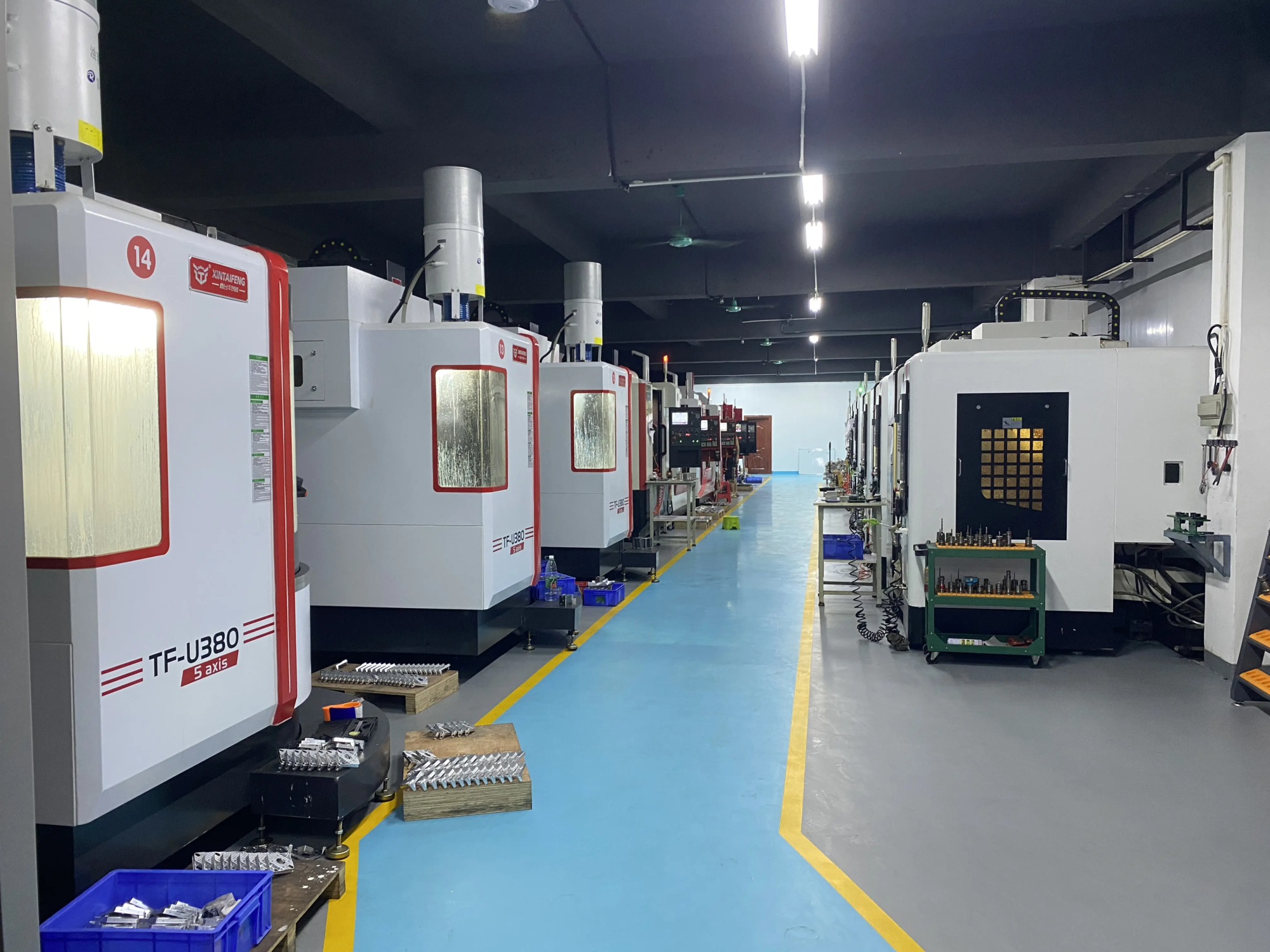The evolution of precision machining: How 5-axis CNC machining can improve the industry
In today’s evolving manufacturing landscape, precise machining parts have become a key component in various industries, including aerospace, automotive and medical equipment. To meet the growing demand for high-precision parts, manufacturers have been pushing the boundaries of machining technology, ultimately leading to the development of 5-axis CNC machining. In this article, we will conduct in-depth research on the evolution of precision machining, the advantages of 5-axis CNC machining and its application in various industries.
Early processing
In the early days of machining, parts were manufactured using traditional two-axis processing, which limited the accuracy and complexity of the parts that can be produced. Three-axis machining was introduced and a third axis was added for depth control, marking the end of traditional machining restrictions. However, this technology still faces challenges in surface surface, accuracy and partial complexity.
The emergence of 5-axis CNC machining
The introduction of 5-axis CNC machining revolutionized the industry, thus giving the production of parts with greater complexity, accuracy and finish. The addition of the fourth and fifth axes (A, B and C axes) allows for 5-axis machining at the same time, meaning that parts can be processed with minimal tool wear, reduced cycle time and increased reliability.
Advantages of 5-axis CNC machining
There are many advantages of 5-axis CNC machining, including:
- Improve accuracy:5-axis machining can be produced with near mesh precision parts, thus reducing the need for rework and improving overall quality.
- Enhanced finish: The ability to control the Z-axis and A-axis simultaneously results in better finishes, less tool marking and more precise parts.
- Improve parts complexity: By introducing 5-axis machining, complex parts with complex geometry, curvature and complex surface finishes can be easily generated.
- Faster production time:5-axis machining reduces cycle time and improves production efficiency, making it an attractive choice for mass production.
Application of 5-axis CNC machining
The versatility of 5-axis CNC machining leads to its adoption in various industries, including:
- aerospace: 5-axis processing is used to produce aircraft components, satellite components and missiles.
- car: 5-axis machining is used for the production of engine parts, gearbox components and suspension systems.
- Medical equipment: 5-axis processing is used to produce medical implants, surgical instruments and diagnostic equipment.
- Robotics: 5-axis machining is used to produce robot parts including arms, end effectors and grip.
in conclusion
The evolution of precision machining has led to the development of 5-axis CNC machining, which has transformed the industry by enabling the production of high-precision parts to improve accuracy and surface effects. With the increasing demand for complex parts, the use of 5-axis CNC machining is expected to increase and potentially further revolutionize the manufacturing landscape.
Frequently Asked Questions
Q: What are the main advantages of 5-axis CNC machining?
A: The main advantage of 5-axis CNC machining is its ability to have higher accuracy, surface finish and complex parts.
Q: Which industries benefit from 5-axis CNC machining?
A: Aerospace, automotive, medical equipment and robotics are just a few examples that benefit from 5-axis CNC machining.
Q: Can 5-axis CNC machining be used for high volume production?
A: Yes, 5-axis CNC machining is suitable for high volume production because it reduces cycle time and increases productivity.
Q: Is 5-axis CNC machining suitable for all types of materials?
A: 5-axis CNC machining can be used in most materials, including metals, plastics and composites.
Q: Can 5-axis CNC machining be used for custom parts?
A: Yes, 5-axis CNC machining is ideal for custom parts as it allows for the production of complex geometries and finishes.
By understanding the evolution of precision machining and the advantages of 5-axis CNC machining, manufacturers can make informed decisions about the best machining techniques to meet their specific needs. Whether you want to produce complex parts with high precision and surface treatment or need a customized precision machining solution, 5-axis CNC machining is ideal.

















